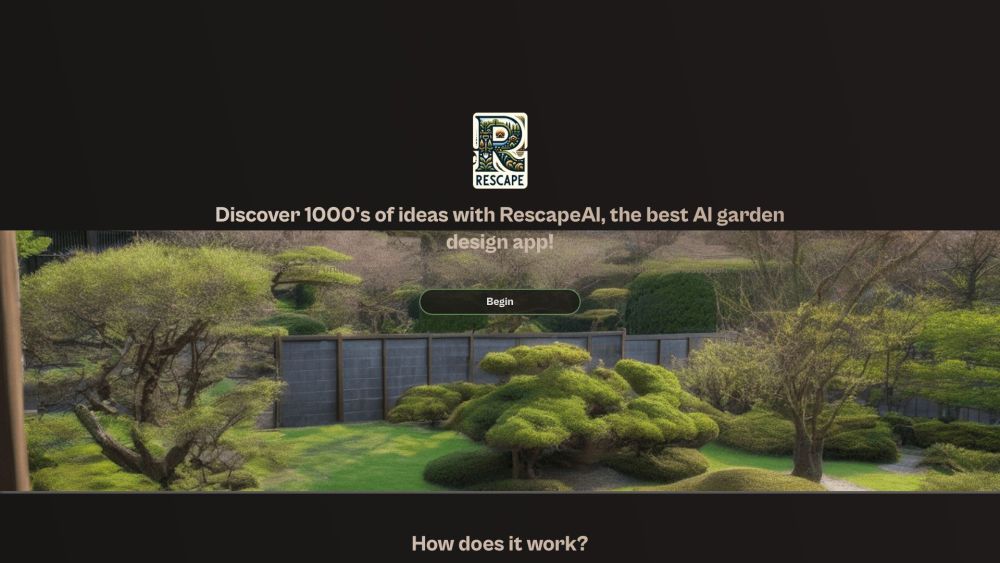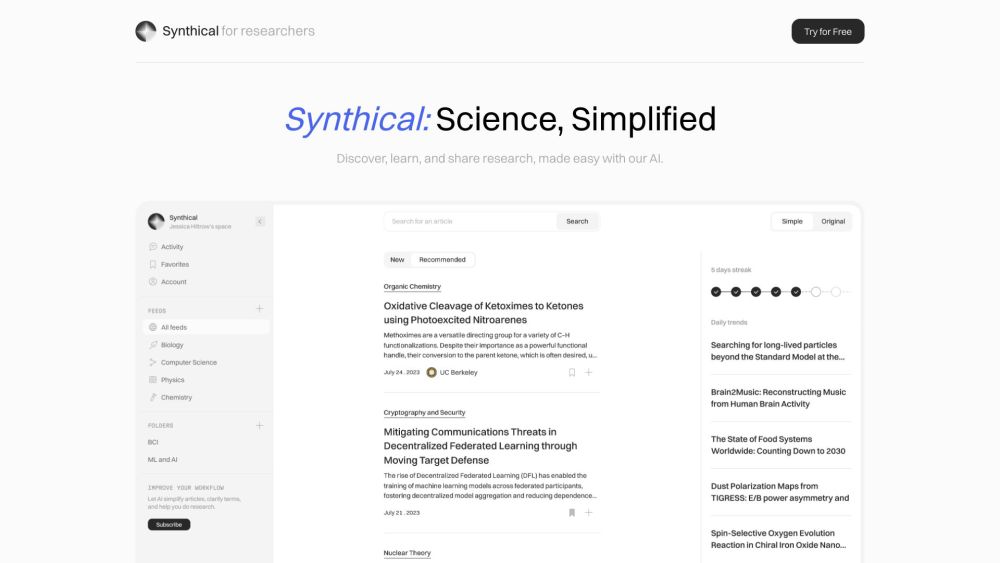In the race to develop cutting-edge AI experiences, enterprises are investing heavily in various models and technologies. But what does it take to create an AI product that effectively addresses customer needs? Insights from experts at Capital One, Pinterest, and Slack, shared at VB Transform 2024, reveal that cross-functional collaboration is key.
"You can explore all possibilities in AI, but once you’re in an industrial setting building a product, it takes a village to get it right,” stated Deepak Agarwal, VP of Engineering at Pinterest. "It requires engineering, design, product management, data analysis, and even legal oversight nowadays."
Agarwal, who previously led AI engineering at LinkedIn, emphasized the importance of adopting an AI-first mindset. Establishing a culture where entire teams collaborate can create the exceptional experiences customers desire.
Navigating AI Innovation and Challenges
Traditionally, software products were developed through deterministic processes involving standardized practices for testing and iteration. This method provided teams with a clear pathway for enhancing application quality. However, the emergence of generative AI has complicated this landscape, introducing a non-deterministic approach with numerous variables impacting the development lifecycle.
Today’s developers must stay attuned to the rapid pace of AI innovation, all while ensuring the quality, safety, and performance of their applications. They must track a myriad of factors, from model selection to data quality and user query framing.
“Earlier, you could sketch a design in Figma and predict the user experience fairly well,” explained Jackie Rocca, VP of Product at Slack. “Now, with AI and LLMs, predicting outcomes has become much more complex. We’ve shifted towards a rapid prototyping environment that emphasizes iteration.”
In this fast-paced context, companies risk overlooking fundamental challenges, such as integrating the AI development team with those responsible for delivering functional, consumer-facing products. Fahad Osmani, VP of AI/ML and Software Experience Design at Capital One, pointed out that many teams overlook vital stakeholders, particularly those involved in risk assessment and compliance.
More concerning is that when teams do collaborate, they often optimize within their departments without considering the broader ecosystem.
Fostering Cross-Functional Collaboration
To address these gaps, Rocca recommends that organizations prioritize collaboration among varied teams. This approach ensures a customer-centric focus while continually learning and iterating on AI products. For instance, although the expectation at Slack was to launch an AI chatbot, the team redirected efforts toward generative AI features that target user needs.
“We took a step back to identify key user challenges in Slack, such as information overload and search difficulties,” she said. “We decided to develop features like AI-powered search and channel summaries to enhance user experience.”
Osmani and Agarwal echo the value of cross-functional collaboration in problem discovery. They advocate for combined efforts across roles to triangulate feedback from diverse sources, including A/B testing and telemetry, enabling a deeper understanding of user context and issues before advancing to development.
"Engaging diverse roles from the outset leads to surprising insights, as opposed to pursuing a business case or proof of technology first," Osmani advised. "I’ve seen far better results when all parties are involved from problem definition through concept and usability testing."






